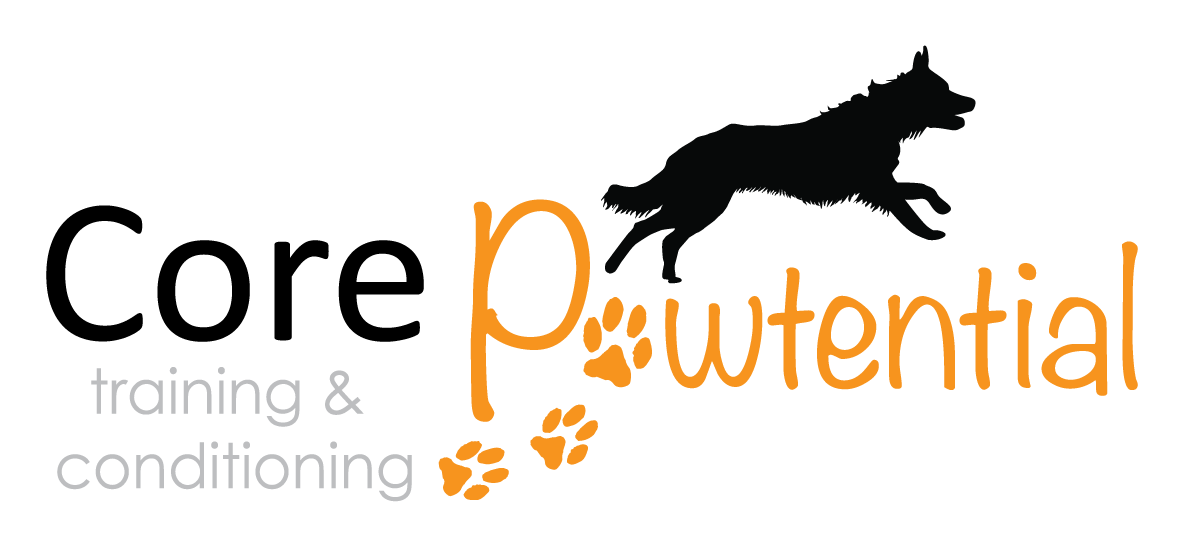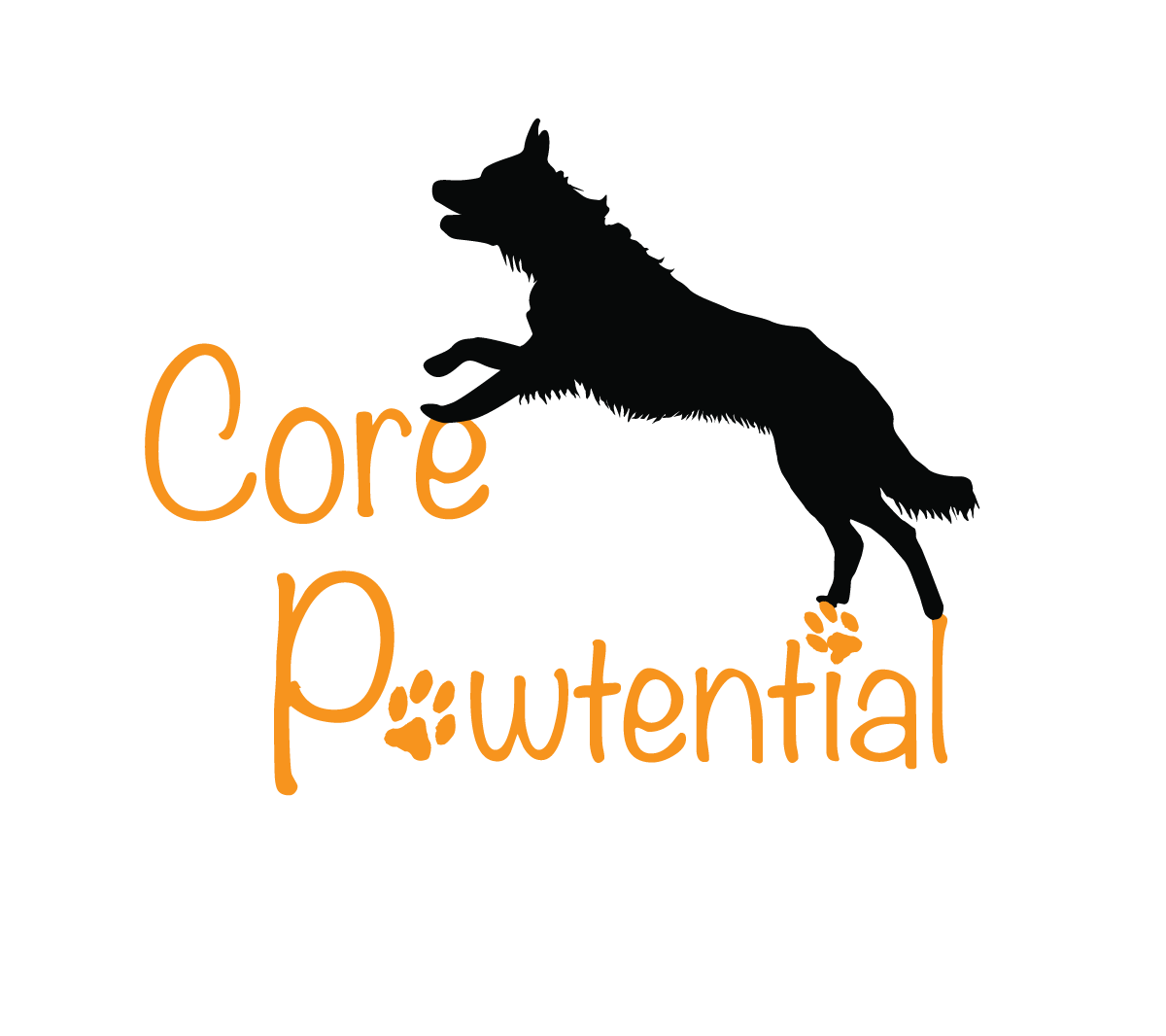Start Where You Are. Use What You Have. Do What You Can.
One of the most frequently asked questions from my canine conditioning clients is,
“What equipment do I need?”
Some will even say,
“I have [this inflatable], [that inflatable], and [a few other inflatables], what else do I need to get?”
More often than not, my answer is,
“You actually don’t need all that (yet).”
Your dog’s canine conditioning program does not start with equipment, nor does it start with exercises. Your dog’s canine conditioning program starts with your dog’s current condition, which includes, but not limited to their:
Breed
Age
Gender
Conformation
Physical well-being
Mental well-being
Static posture
Dynamic posture
Functional fitness level
Performance/working fitness level
📍 Start where you are:
Oftentimes, clients and students are disappointed when I start them with the fundamental exercises.
“…but we already know this exercise!”
If you and your dog already know this exercise, show me how you are doing it.
Is your dog executing the exercise with the correct posture (for the dog)? Are you focusing on posture alignment, activating the muscle groups that you intend to strengthen?
If you are noticing things that are “off,” are you thinking about WHY? Or are you chalking it up to habit or stubbornness?
Are you considering HOW to remedy them?
Or are you just ignoring them because “that’s how they’ve always done it”?
🛠 Use what you have:
You DO NOT need customized or special equipment. I see so many people purchase a variety of equipment, yet they either don’t know how to use them, or they use them incorrectly.
Stable platforms do not have to be fancy or customized, many household objects or human fitness equipment can be repurposed appropriately for canine conditioning. Ramps, garden pavers, yoga mats, large pet beds/cushions, pool noodles, curtain rods, or even your bed (!!) can be used for conditioning exercises.
Don’t fall victim to marketing schemes that suggest that conditioning exercises are only effective when specific equipment and/or setup are used. Equipment does not guide your conditioning exercises; rather, the goal(s) of your conditioning exercises guide the tools you should be using for your dog.
🚀 Do what you can:
Advanced conditioning exercises are not really “new” or “fancy” exercises.
They are fundamental conditioning exercises that are executed with excellent form, precision, consistency, fluency, and understanding.
Foundation exercises may look simple, but it is not easy to execute them consistently with good form, precision, and fluency. Rushing to increase difficulty can often cause more harm to your dog’s long-term well-being.
There is no one-size-fits-all canine conditioning program.
Every dog/handler team is unique.
I would strongly encourage you to work with a qualified, experienced trainer who evaluates your dog as a whole, understands your (both you and your dog) needs and goals, and can explain the whys, hows, whens, and whats behind every exercise.
If you are serious about improving and/or maintaining your dog’s fitness, work with a canine conditioning trainer who works with you and your dog to customize a plan that aligns with your needs, abilities, expectations, and goals.





